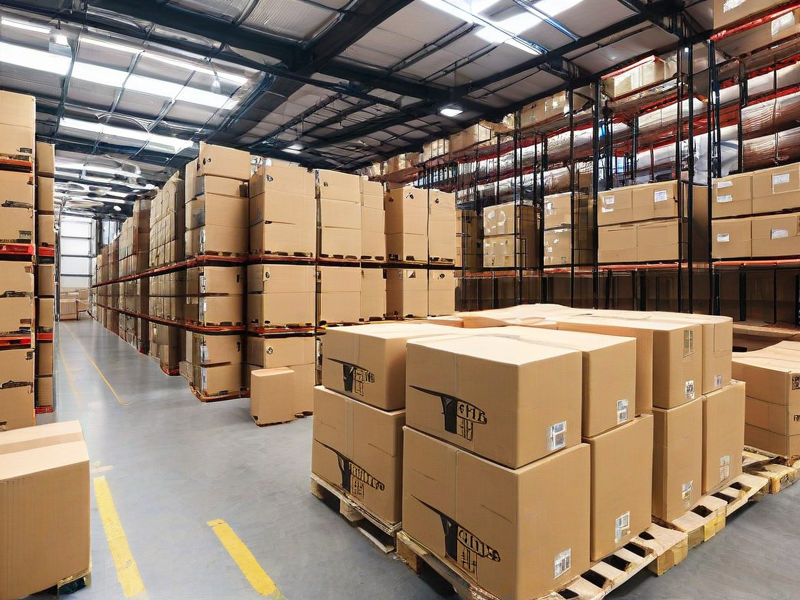Whether it is a fully managed model, a semi-managed model, or segmented procurement by platforms, the ultimate result is that e-commerce platforms become top-tier integrators of cross-border logistics. This explains why cross-border logistics companies can only accompany the platforms on a phase-by-phase basis when providing services to them.

When faced with large-scale orders and cargo volumes, all platforms aim to transform into logistics integrators. This is because, to truly improve efficiency and connect data, platforms need to collaborate with the fundamental services at each stage. The connection of underlying infrastructure includes data from Chinese ports to overseas ports, from Chinese customs to overseas customs, from airlines to terminals, and so on. To achieve seamless connectivity at these key transportation nodes, it is necessary to collaborate with companies providing actual links and infrastructure services at each node. If secondary or tertiary distributors are involved, data integration becomes challenging, and efficiency improvement and data connectivity can easily encounter bottlenecks and obstacles, leading to a lack of smooth operation.

Once a platform becomes the largest cross-border logistics integrator, there will be three main types of companies that are likely to thrive in the industry in the future:
The first type is those that are closer to the upstream, nearer to carriers, airlines, and leasing companies that control transportation resources. These companies need to continuously delve into the upstream capacity sector or secure long-term transportation resources. The closer they are to transportation resource providers, the more likely they are to achieve substantial growth. However, there are only a few freight carriers and shipping companies in China, so only a small number of companies can truly move upstream.

The second type is companies that invest in infrastructure and become resource providers, such as by investing heavily in one segment of the supply chain like line-haul transportation, customs clearance, warehousing, or distribution. For example, the line-haul transportation segment requires significant capital investment and poses a certain barrier for companies. In the customs clearance segment, many companies apply for customs clearance licenses at overseas ports and establish bonded warehouses. In the warehousing segment, companies can set up transit warehouses near airports and ports to handle cargo transshipment, container dismantling, secondary delivery, relabeling, and returns processing. These are long-term needs that can develop into long-term businesses. Additionally, companies can bind themselves to large clients to meet specific custom warehouse requirements.

The third type is companies that explore opportunities in various niche fields and markets by offering different logistics solutions. For instance, within China, different industries and categories have different needs, and companies can capture a good market share by providing customized solutions for vertical industries. Globally, there are also opportunities in various niche markets, such as in remote areas of the U.S., the Mexico-U.S. border, or Canada-U.S. border regions, where logistics costs are high. In some overseas countries, cross-border e-commerce is developing rapidly, but the basic infrastructure for cross-border logistics still faces many pain points and obstacles, far behind the growth of cross-border e-commerce.

Moreover, today’s Chinese companies expanding overseas are not limited to cross-border e-commerce; they encompass various industries such as the catering industry and the new energy sector, all of which require logistics service solutions. Therefore, cross-border logistics companies should not merely follow e-commerce platforms to sell goods but should take a broader perspective to serve the entire Chinese industrial chain’s global expansion. They should collaborate deeply with the industrial chain, break free from platform thinking, and seek growth opportunities outside of platforms. Moving beyond e-commerce, emphasizing cross-border logistics, embracing more industries, and finding their niche in the era of global expansion is what many cross-border logistics companies need to consider and explore in the future.





 Logistics line quotation
Logistics line quotation Cross-border express order
Cross-border express order 24 hours online customer service
24 hours online customer service Huixiang Cross-border Logistics all rights reserved
Huixiang Cross-border Logistics all rights reserved 






